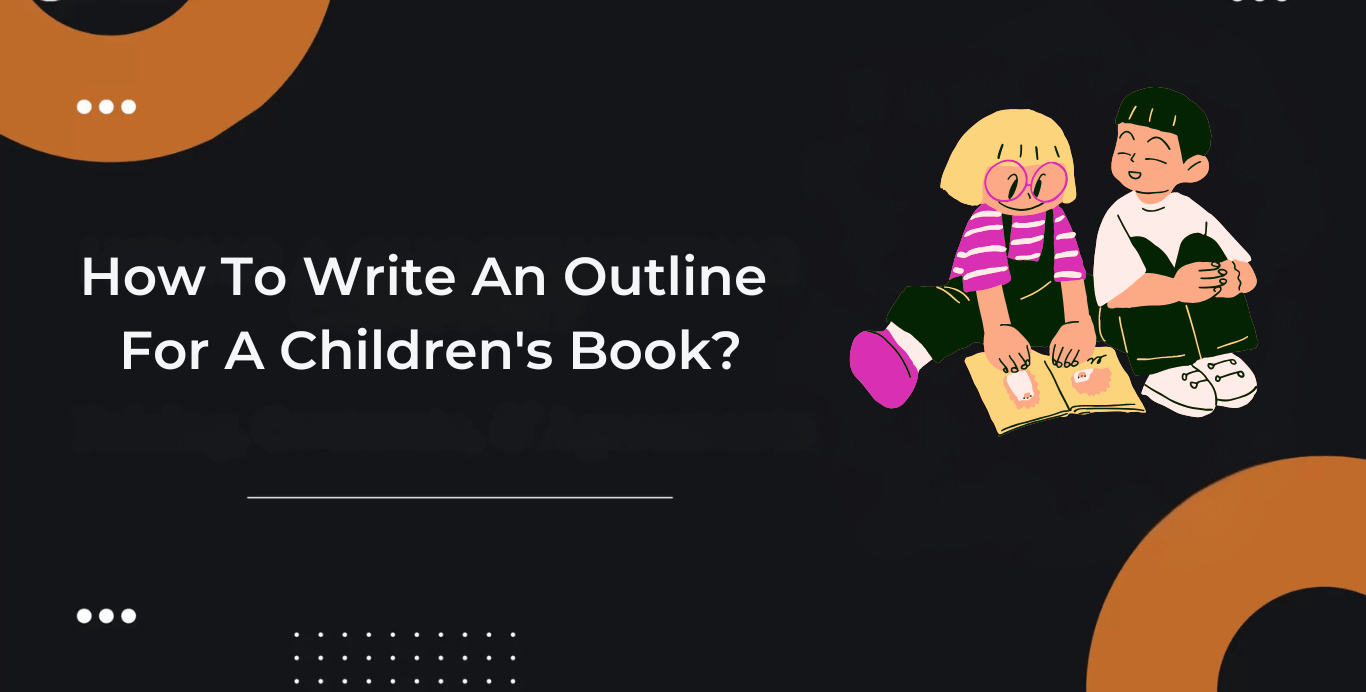Writing a children’s book can be both exciting and challenging. While the creative possibilities are endless, many authors struggle to bring their ideas together in a cohesive, structured way. Have you ever felt overwhelmed trying to craft a compelling story for young readers? Or perhaps you’re unsure where to start with a children’s book outline?
A well-structured outline is the backbone of any successful story. It helps organize your ideas, ensure a logical flow, and keep your narrative engaging for its intended audience. This blog will take you through a detailed, step-by-step process to create the perfect outline for your children’s book, whether it’s a chapter book or a children’s picture book outline. By the end, you’ll have the tools and confidence to turn your story idea into a captivating tale.
Why You Need an Outline for a Children’s Book
Crafting a children’s book outline isn’t just a formality—it’s a crucial step that can make or break the quality of your story. Here’s why:
Simplifies the Writing Process
Without a clear roadmap, writing can quickly become frustrating. An outline provides structure, guiding you from the opening scene to the final resolution. It keeps your ideas organized and ensures you stay focused on your story’s core theme.
Ensures Age-Appropriate Content
Children’s books are unique in that they cater to specific age groups, from toddlers to pre-teens. An outline helps you tailor your language, themes, and story elements to suit your target audience. For example, a children’s picture book outline would emphasize visuals and simple text, while a middle-grade book outline would delve into more complex characters and conflicts.
Prevents Writer’s Block
An outline is like a safety net for creativity. If you’re unsure how to progress, your outline acts as a reference point, providing clarity and direction.
Enhances Story Consistency
Children’s books often need a tight narrative arc. A children’s book outline template ensures you don’t lose sight of your plot, character development, or pacing.
The Challenges of Skipping an Outline
Many writers skip outlining because they believe it stifles creativity or takes too much time. In reality, skipping this step often leads to:
- Inconsistent storytelling.
- Pacing issues, with some parts of the story dragging and others feeling rushed.
- Difficulty maintaining focus on the intended moral or message.
An outline isn’t just for seasoned writers—it’s a tool that empowers authors at every stage of their journey.




